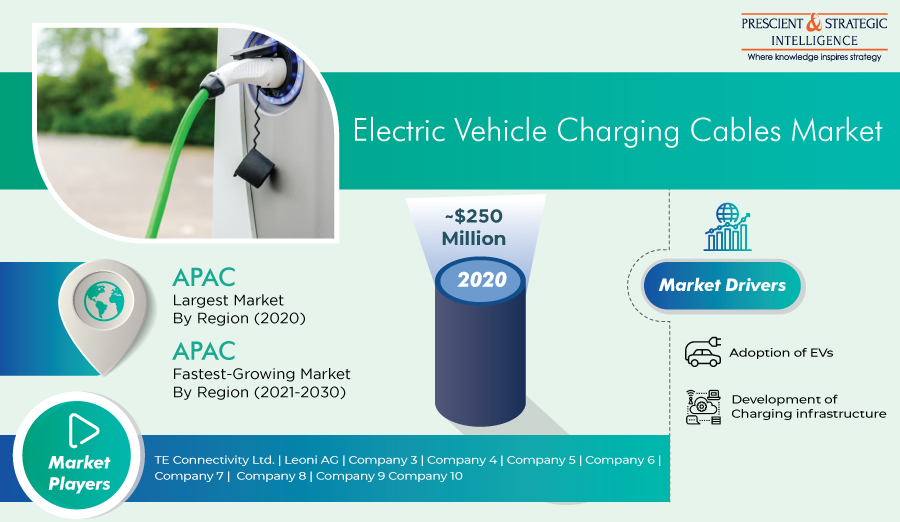Wi-Fi analytics includes the usage of a W-Fi network to gather data from devices that are equipped with Wi-Fi technology, such as laptops and smartphones. Data collected through these devices includes extensive information on the device trends and behavior, within the space served by this network and activity performed through this internet connection.
With the surging number of smartphones, the usage of Wi-Fi analytics solutions will increase significantly, as these devices generate huge volumes of data. The rising adoption of tablets, smartphones, laptops, wearable devices, and several other internet-enabled devices will result in the establishment of many public Wi-Fi hotspots.
Owing to this reason, the Wi-Fi analytics market will advance at a CAGR of 24.2% during 2020–2030. The market was valued at $5,210.0 million in 2019 and it is expected to reach $52,975.5 million revenue by 2030. Public Wi-Fi networks are one of the most major solutions to meet the burgeoning demand for bandwidth, which enables operators to increase the capacity to cater to the needs of their subscribers.

Moreover, the surging penetration of social media platforms is also creating a huge requirement for Wi-Fi analytics solutions, as these platforms generate huge volumes of data. These platforms are used at personal as well as business levels. Social media platforms are being used by businesses as marketing tools to endorse their products and services.
This further helps in establishing a strong communication channel and building trust between the customers and business organizations. In recent years, the development of smart infrastructure, such as smart cities, has generated the highest need for Wi-Fi analytics solutions. The regulatory bodies of smart cities use such solutions to get insights into the navigation pattern of the residents during busy times and days.
Moreover, these solutions also enable regulatory organizations to evaluate the high-traffic areas and traffic patterns of the city. By deploying Wi-Fi analytics solutions, smart cities are improving their operations and citizen engagement. By accessing traffic heat maps, urban planners can efficiently plan public transportation upgrades and strategize advancements in the traffic system.
